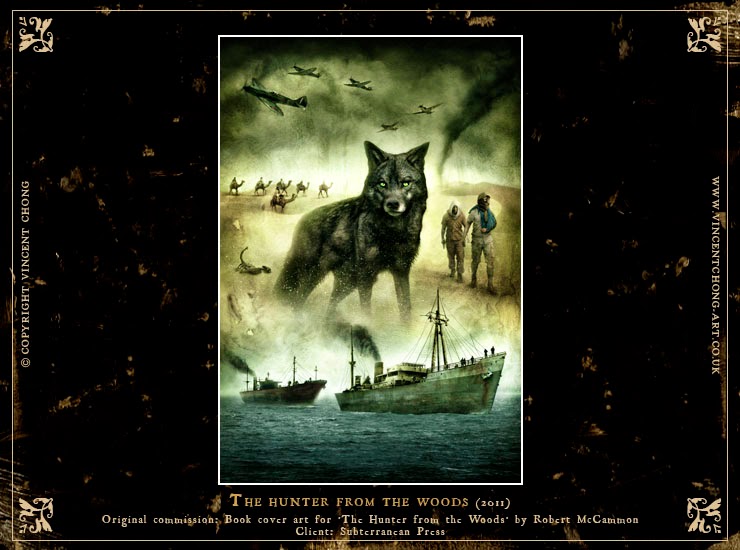Lamentation
by Ken Scholes
Format: Hardcover, 336 pages
Publisher: Tor
Cover Design: Gregorgy Manchess
Release Date: Feburary 17, 2009ISBN-13: 978-0765321275
The tale of Lamentation begins with the total destruction of
the city of Windwir. Windwir is the
religious capital of the Androfrancine Order and home to the greatest Library
and scholarly school in the known world.
Then in a blink of an eye, it is utterly destroyed. The obliteration is noted in the distance by
many including Rudolfo, Lord of the Ninefold Forest Houses. Another is
Sethbert, Overseer of the Entrolusian City-States. With him, is his consort Lady Jin Li Tam of
House Tam and pawn of her father’s intelligence network. Still another is a deceptively simple
fisherman and former priest by the name of Petronus. And then there is Neb, a young initiate in
the Order who witnesses the city’s complete annihilation and is the sole
survivor of the cataclysm.
Rudolfo and Sethbert are the first to converge on the ruins
of the city and it soon becomes clear that Sethbert’s mad ambitions are behind
the destruction. They come to blows and
war is declared in the Named Lands. Jin
Li Tam and her father quickly side with Rudolfo against Sethbert. Petronus feels it is his duty to inter the
dead but he soon realizes his true duty is take command over the remnants of
the Order when a new Pope comes to power siding with Sethbert. Neb, scarred by horror, tries to bury his
need for vengeance in his work with Petronus.
Alliances are made and broken, Popes are made and religious schisms
created, new players are revealed to shift the balance, all is in upheaval in
the aftermath and the world is changed forever.
One of the first things you’ll notice about this book is the
high amount of politicking and intrigue.
Surprisingly, there is very little military action or battles as is
typical of fantasy. Most of the novel is given over to plots and counterplots,
wheels within wheels within wheels.
There are many layers to the scheming from those who merely react or act
as best they can, those who have immediate plans, and those with far wider
goals. Such a level of politics in a
novel is pretty rare and the closest example would probably be George R.R.
Martin’s A Song of Ice and Fire series.
By the end of the books, the plotting that is revealed is staggering and
quite frankly some of it stretches credibility.
At the least it made my head hurt.
Part of the reason the political credibility seems to be
stretched too thin stems from the world building. Simply put, the world feels too small to be
host to the story. The former city of
Windwir was the religious and intellectual heart of the Named Lands and had a
population of 200,000 yet it seems major locations are only days or weeks away
from each other. Granted, I wasn’t
expecting a travelogue (which would have ruined the story anyhow), yet the
amount of politicking seems to feel a little out of place. There is little mention of areas and cultures
outside the Named Lands. Hopefully more
will be revealed in future books.
On the other hand, other aspects of the world building such
as trade, food, and history are better handled.
There are no major info dumps in this book, for which many readers will
likely be thankful. Bits and pieces of
the background are only revealed as needed.
One of the most important parts of the history is that the current
civilization is a less advanced derivative of an earlier one. The Androfrancine Order actually began as a
group of scientists that came into conflict with a family of sorcerers. The head of the family was enraged beyond
reason and created a spell that caused massive destruction and essentially
threw society back into the medieval age.
The magic practiced by the peoples in current age was kind
of disappointing as it only consists of powders to enhance speed, voice, or
invisibility. It seems that the true
magic was that from earlier times.
Because of the science aspect, Lamentation is not a typical fantasy
novel and has elements of science fiction technology and concepts. Some examples of this are steam-driven ships
and gunpowder firearms. The most
important example however, is the existence of “metal men”, which are basically
robots reproduced from the previous age.
The Order’s mission is to find retrieve knowledge and power from what
went before. They hoarded the knowledge
for their own benefit and that was the basis of their downfall.
The dangers of pure knowledge is one the themes of the
novel. Another main theme is that change
is inevitable and that looking back on the past is done as the expense of the
present and the future. All the main
characters in the story – Rudolfo, Petronus, Neb, and Jin Li Tam – take their
own journeys to this viewpoint. While
the character development is a little simplistic and is not presented as an
actual debate on the subject matter, it does flow naturally from the plot of
the story.





















